Announcements
Drinks

ESG disclosure: gaps in DAX-40 GHG reporting show pitfalls for investors ahead of EU’s SFDR
Fund managers are due to start ESG reporting, including indirect or so-called scope-3 GHG emissions, on their investment portfolios from next year when the EU’s Sustainable Finance Disclosure Regulation (SFDR) comes into force.
But there is problem of regulatory timing. Larger companies themselves start reporting only in 2025 on their 2024 figures to comply with the EU’s Corporate Sustainability Reporting Directive (CSRD). Until that happens, DAX-40 disclosure shows how uneven the available data are.
“The pressure on companies to report their CO2 emissions is steadily increasing - both through regulation and from investors,” says Bernhard Bartels, managing director at Scope ESG Analysis.
“While most companies already comprehensively report their direct or scope-1 emissions and the emissions from energy consumption (scope-2), there are major differences in the reporting of indirect or scope-3 emissions,” Bartels says.
“Inconsistent ESG reporting, by no means confined only to Germany’s larger companies, complicates the task for fund managers invested in these companies to make consistent decisions in putting together sustainability-linked portfolios,” he says.
Seven DAX-40 companies have not reported on scope-3 GHG emissions at all. Six have reported on no more than two categories. Less than 50% have reported on the most relevant category “use of sold products” and only 26 provide information on the emissions in “purchased goods and services.” In addition, companies use different methodologies to account for their indirect emissions.
“The results indicate that the complexity of capturing scope-3 emissions varies greatly between industries,” says Bartels.
“Take banks and insurance companies which rely on the scope-3 emissions of their borrowers to report their own scope-3 emissions. Other sectors face the problem of complex and sometimes unstable supply chains that make it difficult to calculate emissions all along the value chain, with the textile industry a good example,” he says.





